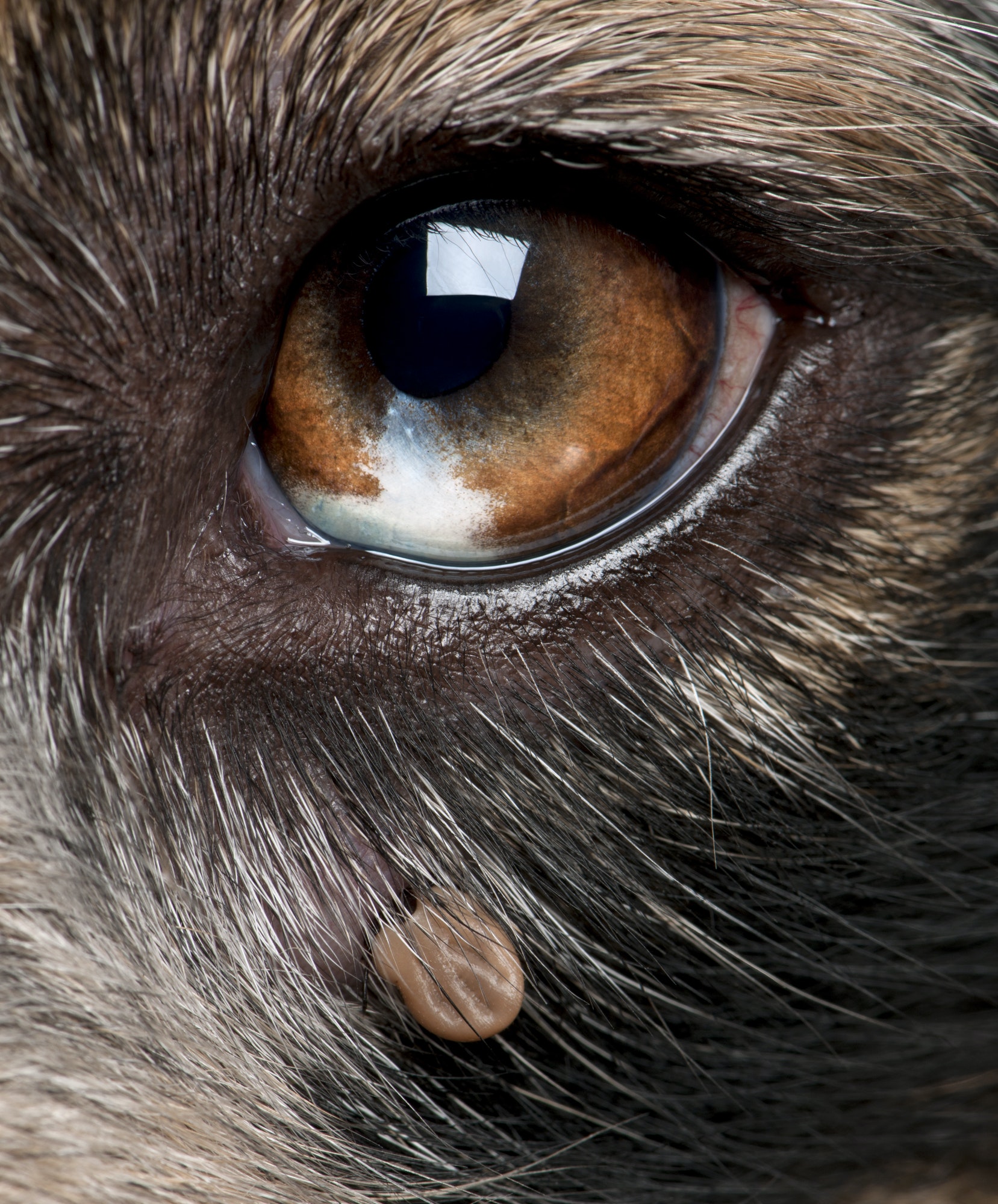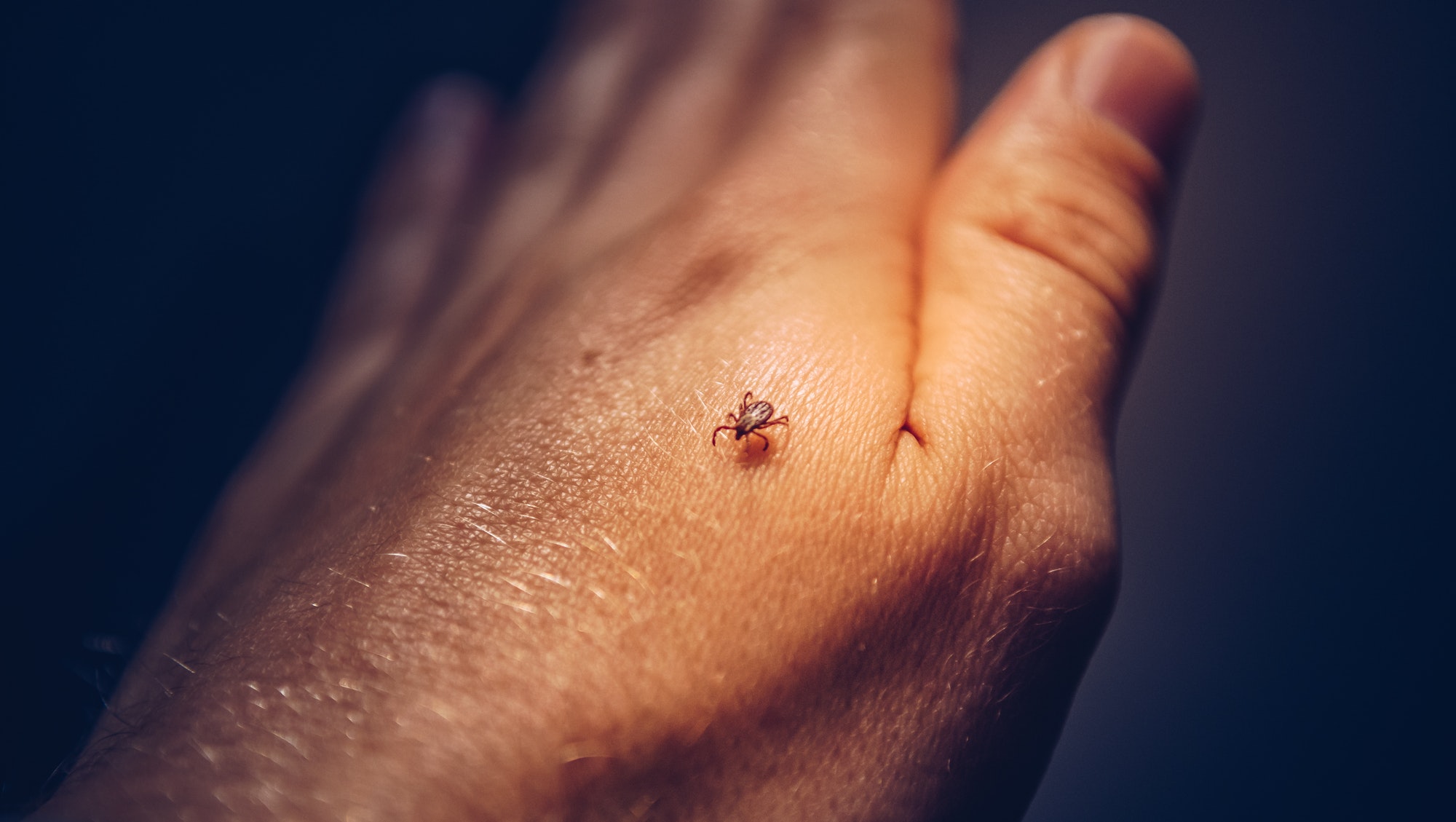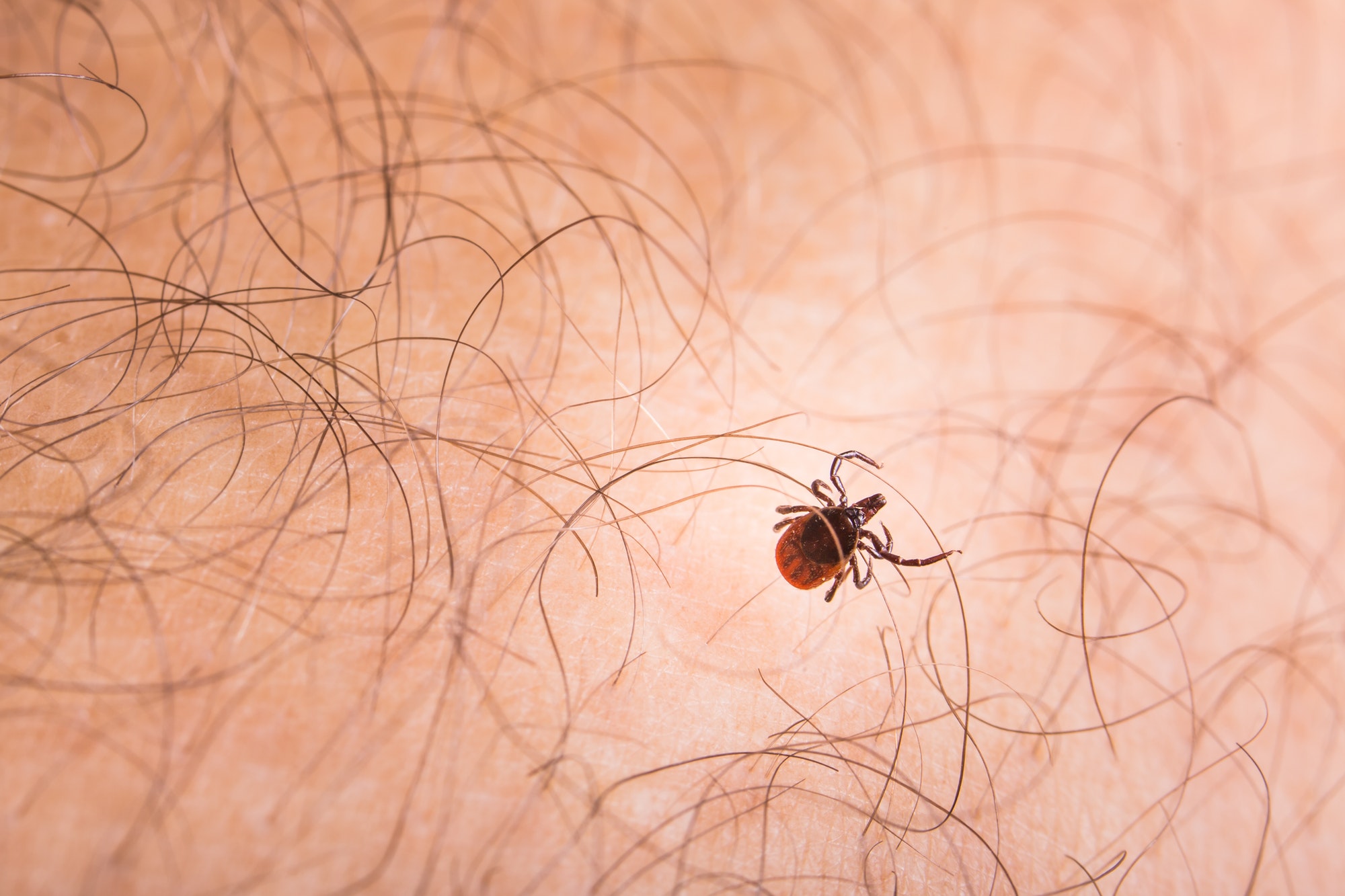Why Ticks Are So Dangerous To Humans And Pets?
Ticks are a rare parasite, but they can be very dangerous to pets and humans. A tick is a type of ectoparasite, an organism that can affect dogs and sometimes even cats. However, the severity of ticks is directly dependent on factors such as where you live, the time of year, the activities your dog does, and how and when you treat the ticks. Warm and cool weather affect how active ticks are and even dogs that spend little time outside, are still at risk.
Ticks attack by sticking their mouths to a dog’s skin, thus attaching themselves to the dog and some ticks have the ability to create a sticky liquid that helps them stick also. After they are attached, the ticks begin to feed off of the dog’s blood and the skin surrounding the area often looks irritated.

Ticks can cause dogs to develop diseases. The most common diseases caused by ticks are Lyme disease and Rocky Mountain spotted fever. Lyme disease often leads to arthritis. Arthritis is very painful to dogs, it causes their joints to swell and lameness of limbs. Rocky mountain spotted fever causes a fever and lameness as well.
Anemia, another type of tick-caused disease, results from ticks consuming enough blood, that the dog develops a blood deficiency. Female ticks can exude a toxin when they feed, that causes dogs to develop paralysis, this however is very rare. Preventing your dogs from getting ticks is very difficult because any time a dog is outdoors, it is exposed and vulnerable. However, using tick control products regularly is the safest option.

Just as ticks can be dangerous to dogs and animals, they can cause harm to humans too. Just like ticks affect dogs, the skin that ticks attach themselves to on humans, also looks very irritated. In addition, the diseases ticks give to dogs, are the same diseases that humans can catch from ticks. However, not every tick is capable of spreading diseases to humans, but being cautious is still recommended because according to the CDC, “Lyme disease, Rocky Mountain spotted fever (RMSF), babesiosis, ehrlichiosis, tularemia, tick-borne relapsing fever (TBRF), Colorado tick fever, Bourbon virus, Powassan disease, Rickettsia parkeri rickettsiosis, Southern tick-associated rash illness (STARI), 364D rickettsiosis, Heartland virus, and anaplasmosis,” can all be transmitted by ticks.
The CDC also reports that “tick-borne diseases have increased by 200 percent in the past 13 years,” another reason to stay cautious. As of today, there are an estimated 300,000 Lyme diseases worldwide. According to the website “Pets and Parasites.” ticks can leave humans with lifelong issues like “fatigue, joint and muscle pain, swelling, headaches, an allergy to meat, heart complications, arthritis, neurological disorders.”
The main way to protect ourselves from ticks, is to educate ourselves. The most effective form of protection is preventing ticks from coming into contact with you and your pets. Think about clothing whenever you are in areas where ticks could be present. Wear clothes that cover your arms and legs and light colored clothing to see if a tick is on you. Stay on trails and always check for ticks when you get home. If you are worried about ticks on your dogs, watch for changes in their appetite or behavior and check your dogs often if they spend a lot of time outdoors. To prevent your dogs from ticks, talk to your veterinarian about the best options to protect your dog.
Author: Sydney Enos
Canyon del Oro High School
Works Cited
- “Ticks.” Pets & Parasites by CAPC, CAPC, 2020, www.petsandparasites.org/dog-owners/ticks
- K., Charles. “Why Ticks Are So Dangerous.” Rottler Pest Solutions, 4 Oct. 2019, www.rottler.com/why-ticks-are-so-dangerous
- “Understanding and Preventing Tick Bites | NIH MedlinePlus Magazine.” MedlinePlus, U.S. National Library of Medicine, magazine.medlineplus.gov/article/understanding-and-preventing-tick-bites
- Preventing Ticks on Your Pets.” Centers for Disease Control and Prevention, Centers for Disease Control and Prevention, 10 Jan. 2019, www.cdc.gov/ticks/avoid/on_pets.html








